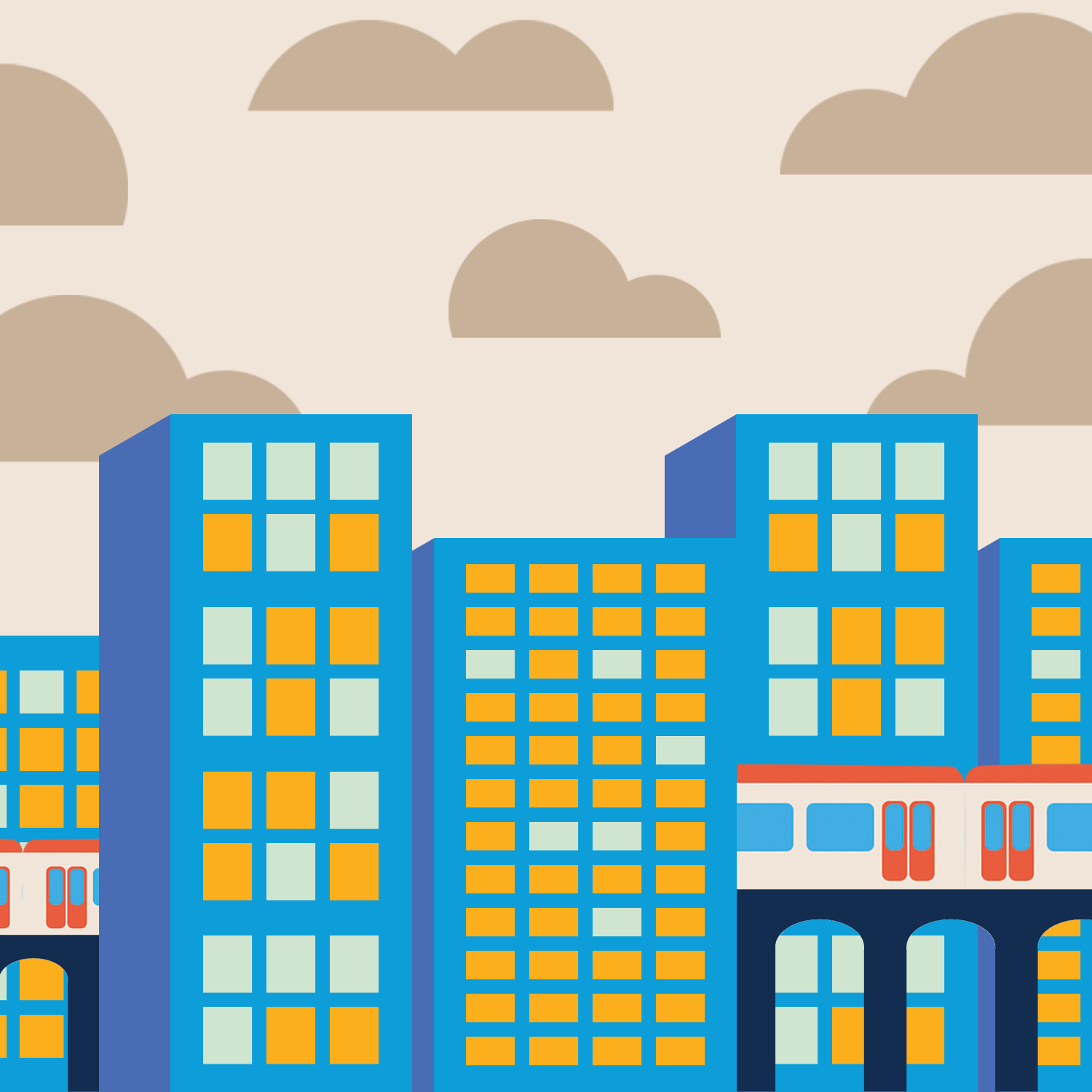Research group IBON said that the Philippine economy is on its way to a third straight year of slowing economic growth under the Duterte administration. The group said that while the economy registered higher growth in the third quarter of 2019, the factors behind this are too weak and unsustainable.
The government recently reported 6.2% gross domestic product (GDP) growth in the third quarter of 2019. National Economic and Development Authority (NEDA) secretary Ernesto Pernia said that this means the Philippine economy is “surging” and was confident that the government could meet its 6% full-year growth target for 2019.
IBON said however that annual economic growth has been slowing since the start of the Duterte administration, falling from 6.9% in 2016, to 6.7% in 2017 and to 6.2% in 2018. The group said that GDP growth in the fourth quarter of 2019 would need to be at least 7.4% just to match growth in 2018.
In the last four decades, the economy was only able to achieve 7.4% growth in the fourth quarter just once (in 1989), said the group. IBON also noted that the 6.2% third quarter growth spurt is higher than the 5.5% of the previous quarter and 6% in third quarter 2018. However, it is much lower than its peak 7.2% first quarter 2017 growth.
The third quarter growth was mainly due to increases in household spending, construction and government spending. Household consumption rose by 5.9%, construction by 17.3%, and government spending by 9.6 percent.
IBON said that while household spending was faster than the 5.3% in the third quarter of 2018, this was still lower than the 5.7% average of the past decade. The group also said that higher household consumption was most likely just driven by higher overseas Filipino worker (OFW) remittances this year. But remittances have been slowing for years and the uptick is likely only momentary.
Construction accelerated from the 13.3% growth in the third quarter of last year. IBON said however that this short-term stimulus is only while construction is ongoing. Another question is how big and sustained infrastructure spending can be with government’s Build Build Build program faltering. The group noted that infrastructure spending contracted to -4.3% in January-September 2019 from 45.9% in the same period last year. Accumulating debt could also be a problem if this reaches unpayable levels.
IBON noted that the most important sources of domestic demand and growth are showing signs of weakening. Agriculture momentarily recovered with an increase of 3.1%, but it remains in long-term decline.
The manufacturing sector’s 2.4% growth is the slowest in 32 quarters or since the 2% clip in the third quarter of 2011. Manufacturing has been stalling since the start of the year, said the group. This is because it has become overly foreign-dominated and export-dependent and is adversely affected by the slowing global economy and the US-China trade war.
To reverse the economic slowdown, IBON said that the government can boost growth in a way that is both beneficial to the people and more sustainable. There are redistributive measures that can be done right away and will be felt by the people.
These include immediate and meaningful wage hikes to spur greater consumption especially among lower income communities. The wider informal economy will be stimulated. Lowering consumption taxes will also increase their spending power. Growth can be boosted by higher taxes on the wealthy and large corporations if the revenues are spent on expanding social and economic services for the poor.
But the most sustainable source of growth in the long-run is developing domestic agriculture and building Filipino industry to create more jobs and raise incomes in the country, said the group. ###
Photo from Save San Roque Alliance






